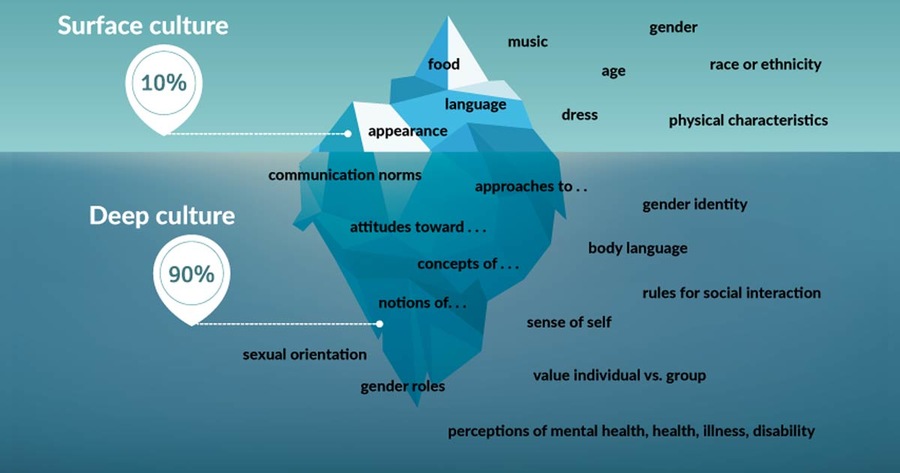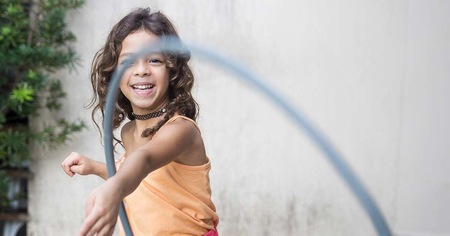They are thinking deeply about culture and the groups with which they identify. Children as young as preschoolers are not only aware of, but struggling to understand and find, where they fit in a diverse environment. Children and youth are simultaneously developing a future "possible" self—an image of what they might become.
Sometimes youth haven't fully absorbed that they're each a person of value. They may question their capacity to do well and to make a difference. Sometimes they've heard messages suggesting they can't learn and improve if they weren't born with innate talents. Carol Dweck knows better. She has researched the role that a growth mindset has in youth developing their skills and identity.
"With a growth mindset, kids don't necessarily think that there's no such thing as talent or that everyone is the same, but they believe everyone can develop their abilities through hard work, strategies, and lots of help and mentoring from others." (Gross-Loh 2016).
OST professionals can play a role in helping that growth mindset flourish for youth in their programs by not simply praising effort, but by praising effort that leads to a desired outcome or significant lessons learned.
It's important that students are encouraged to find strategies that work—and if the first one doesn't work to ask themselves, "What have I learned?" and "What else might I try?" until they come to a solution that brings satisfactory results. It's also perfectly appropriate to ask for help and ideas from a more experienced peer or adult. Youth can also do some research—to search for new ideas, to ask some questions, and to look for ways in which others approached a similar situation.
In addition to nurturing a growth mindset in youth, OST professionals can also provide experiences where youth explore "who am I?" questions and experiment with their perceptions of themselves. Here are three COVID-19-friendly activities for youth to try:
CREATE A COAT OF ARMS: Youth are invited to create their own Coat of Arms, celebrating their interests, favorite places and things they want to pursue.
HAVE FUN WITH A PHOTO: Invite youth to select a digital image of themselves. Open an online digital imaging website (like GIMP, Canva or Pixlr X) where they can manipulate their self-portrait in a variety of ways. Try five or six different options. Use this opportunity to highlight different attributes or consider unique visualizations. During a group discussion, they can share their work with peers. Which ones do they like and why? How do these images make them think about themselves differently? Youth can also get creative on their mobile devices with filters and doodling.
 Contributing author experiments with photo editing software.
Contributing author experiments with photo editing software.
MAKE YOUR OWN PAPER GLASSES: Remind youth that they each see life from a unique vantage point, through a unique lens. No one else sees life the way they do! Each one has their own unique set of glasses. To celebrate this unique perspective, invite youth to make their own creative eyewear and wear them to a small group discussion or online gathering.
These ideas are included in the Penn State Better Kid Care online modules "Click2Science: Developing a Science and Engineering Identity" and "PYD Foundations: Cultural Competency and Responsiveness."
Remind youth that personal assets like knowing a second language or coming from a close-knit extended family are reasons to take pride in their unique identity. The development of a future "possible" identity involves:
- Getting young people involved in a topic, activity or profession that interests them.
- Developing skills and confidence in that area. For example, growing vegetables, playing the clarinet, sketching birds, building a picnic table with power tools or hosting a talent show.
- Getting youth to see themselves as contributors and participants in their career field of choice.
As a young person establishes an identity, they will say things like:
I CAN do this.
I LIKE TO do this.
I WANT TO do this.
THIS is important to me.
How can you support youth in exploring all the varied facets of their "possible" future self? What can you invite them to?
Written by Rebecca A. Escott, Early Learning/Out of School Time Specialist, Penn State Better Kid Care. NAA Ambassador member.
Photos courtesy of Rebecca A. Escott.




